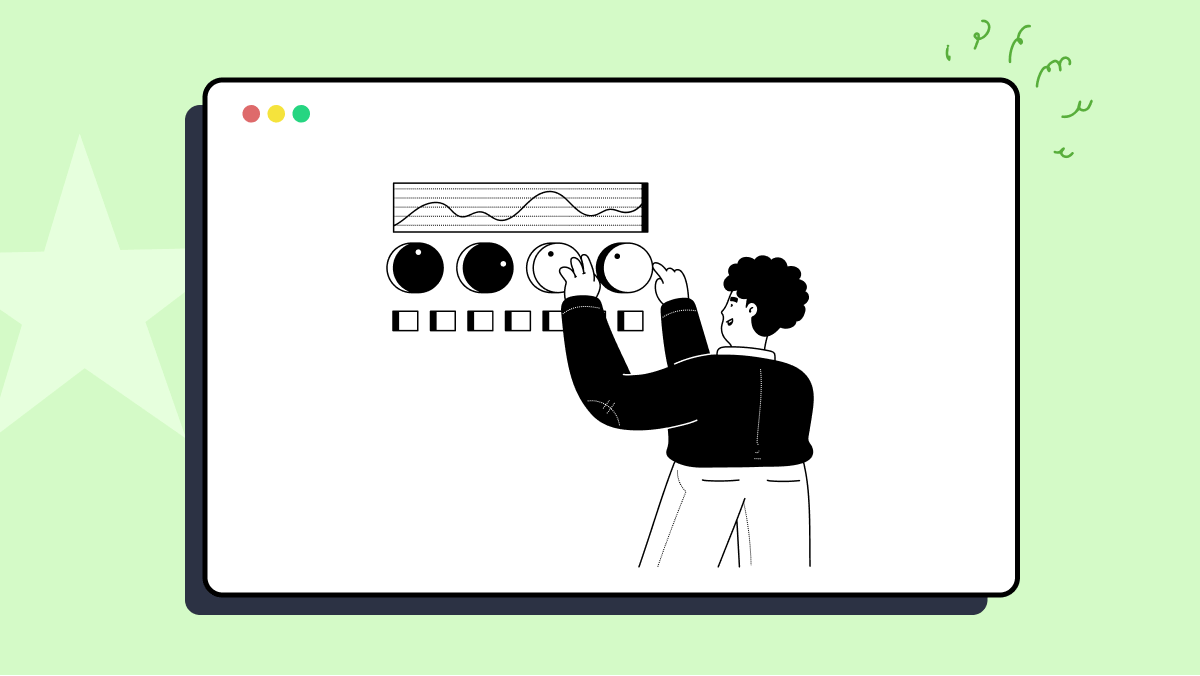How to use traceHttpInteractions method in pact-foundation-pact
Best JavaScript code snippet using pact-foundation-pact
httpPact.ts
Source: httpPact.ts
...50 }51 setLogLevel(this.opts.logLevel as LogLevel)52 serviceFactory.logLevel(this.opts.logLevel)53 if (this.opts.logLevel === "trace") {54 traceHttpInteractions()55 }56 this.createServer(config)57 }58 /**59 * Setup the pact framework, including start the60 * underlying mock server61 * @returns {Promise}62 */63 public setup(): Promise<PactOptionsComplete> {64 return this.checkPort()65 .then(() => this.startServer())66 .then(opts => {67 this.setupMockService()68 return Promise.resolve(opts)...logger.ts
Source: logger.ts
1import pino = require("pino")2import { version } from "../../package.json"3import { RequestOptions, ClientRequest, IncomingMessage } from "http"4const http = require("http")5const DEFAULT_LEVEL: LogLevel = (6 process.env.LOGLEVEL || "info"7).toLowerCase() as LogLevel8type Logger = pino.Logger9type LogLevel = pino.Level10const createLogger = (level: LogLevel = DEFAULT_LEVEL): Logger =>11 pino({12 level: level.toLowerCase(),13 prettyPrint: {14 messageFormat: `pact@${version}: {msg}`,15 translateTime: true,16 },17 })18const logger: pino.Logger = createLogger()19export const setLogLevel = (20 wantedLevel?: pino.Level | number21): number | void => {22 if (wantedLevel) {23 logger.level =24 typeof wantedLevel === "string"25 ? wantedLevel.toLowerCase()26 : logger.levels.labels[wantedLevel]27 }28 return logger.levels.values[logger.level]29}30export const traceHttpInteractions = () => {31 const originalRequest = http.request32 http.request = (options: RequestOptions, cb: any): ClientRequest => {33 const requestBodyChunks: Buffer[] = []34 const responseBodyChunks: Buffer[] = []35 const hijackedCalback = (res: any) => {36 logger.trace("outgoing request", {37 ...options,38 body: Buffer.concat(requestBodyChunks).toString("utf8"),39 })40 if (cb) {41 return cb(res)42 }43 }44 const clientRequest: ClientRequest = originalRequest(45 options,46 hijackedCalback47 )48 const oldWrite = clientRequest.write.bind(clientRequest)49 clientRequest.write = (chunk: any) => {50 requestBodyChunks.push(Buffer.from(chunk))51 return oldWrite(chunk)52 }53 clientRequest.on("response", (incoming: IncomingMessage) => {54 incoming.on("readable", () => {55 responseBodyChunks.push(Buffer.from(incoming.read()))56 })57 incoming.on("end", () => {58 logger.trace({59 body: Buffer.concat(responseBodyChunks).toString("utf8"),60 headers: incoming.headers,61 statusCode: incoming.statusCode,62 })63 })64 })65 return clientRequest66 }67}...tracing.ts
Source: tracing.ts
1import http, { RequestOptions, ClientRequest, IncomingMessage } from 'http';2import logger from '../common/logger';3export const traceHttpInteractions = (): void => {4 const originalRequest = http.request;5 http.request = (6 options: RequestOptions,7 cb: (res: IncomingMessage) => void8 ): ClientRequest => {9 const requestBodyChunks: Buffer[] = [];10 const responseBodyChunks: Buffer[] = [];11 const hijackedCallback = (res: IncomingMessage) => {12 logger.trace(13 `outgoing request: ${JSON.stringify({14 ...options,15 body: Buffer.concat(requestBodyChunks).toString('utf8'),16 })}`17 );18 if (cb) {19 cb(res);20 }21 };22 const clientRequest: ClientRequest = originalRequest(23 options,24 hijackedCallback25 );26 const oldWrite = clientRequest.end.bind(clientRequest);27 clientRequest.end = (chunk: Parameters<typeof clientRequest.write>[0]) => {28 requestBodyChunks.push(Buffer.from(chunk));29 return oldWrite(chunk);30 };31 clientRequest.on('response', (incoming: IncomingMessage) => {32 incoming.on('readable', () => {33 responseBodyChunks.push(Buffer.from(incoming.read()));34 });35 incoming.on('end', () => {36 logger.trace(37 `response: ${JSON.stringify({38 body: Buffer.concat(responseBodyChunks).toString('utf8'),39 headers: incoming.headers,40 statusCode: incoming.statusCode,41 })}`42 );43 });44 });45 return clientRequest;46 };...Using AI Code Generation
1const { Pact } = require('@pact-foundation/pact-node');2const { somethingLike: like, term: regex } = require('@pact-foundation/pact/dsl/matchers');3const { InteractionObject } = require('@pact-foundation/pact/dsl/interaction');4const interaction = new InteractionObject({5 withRequest: {6 headers: {7 }8 },9 willRespondWith: {10 headers: {11 },12 {13 id: like(1),14 name: regex(/[A-Z]{1}[a-z]+/),15 email: like('Blogs
Check out the latest blogs from LambdaTest on this topic:
Unit testing is typically software testing within the developer domain. As the QA role expands in DevOps, QAOps, DesignOps, or within an Agile team, QA testers often find themselves creating unit tests. QA testers may create unit tests within the code using a specified unit testing tool, or independently using a variety of methods.
In an ideal world, you can test your web application in the same test environment and return the same results every time. The reality can be difficult sometimes when you have flaky tests, which may be due to the complexity of the web elements you are trying to perform an action on your test case.
Entering the world of testers, one question started to formulate in my mind: “what is the reason that bugs happen?”.
Many theoretical descriptions explain the role of the Scrum Master as a vital member of the Scrum team. However, these descriptions do not provide an honest answer to the fundamental question: “What are the day-to-day activities of a Scrum Master?”
Automation Testing Tutorials
Learn to execute automation testing from scratch with LambdaTest Learning Hub. Right from setting up the prerequisites to run your first automation test, to following best practices and diving deeper into advanced test scenarios. LambdaTest Learning Hubs compile a list of step-by-step guides to help you be proficient with different test automation frameworks i.e. Selenium, Cypress, TestNG etc.
LambdaTest Learning Hubs:
- JUnit Tutorial
- TestNG Tutorial
- Webdriver Tutorial
- WebDriverIO Tutorial
- Protractor Tutorial
- Selenium 4 Tutorial
- Jenkins Tutorial
- NUnit Tutorial
- Jest Tutorial
- Playwright Tutorial
- Cypress Tutorial
- PyTest Tutorial
YouTube
You could also refer to video tutorials over LambdaTest YouTube channel to get step by step demonstration from industry experts.
Try LambdaTest Now !!
Get 100 minutes of automation test minutes FREE!!



